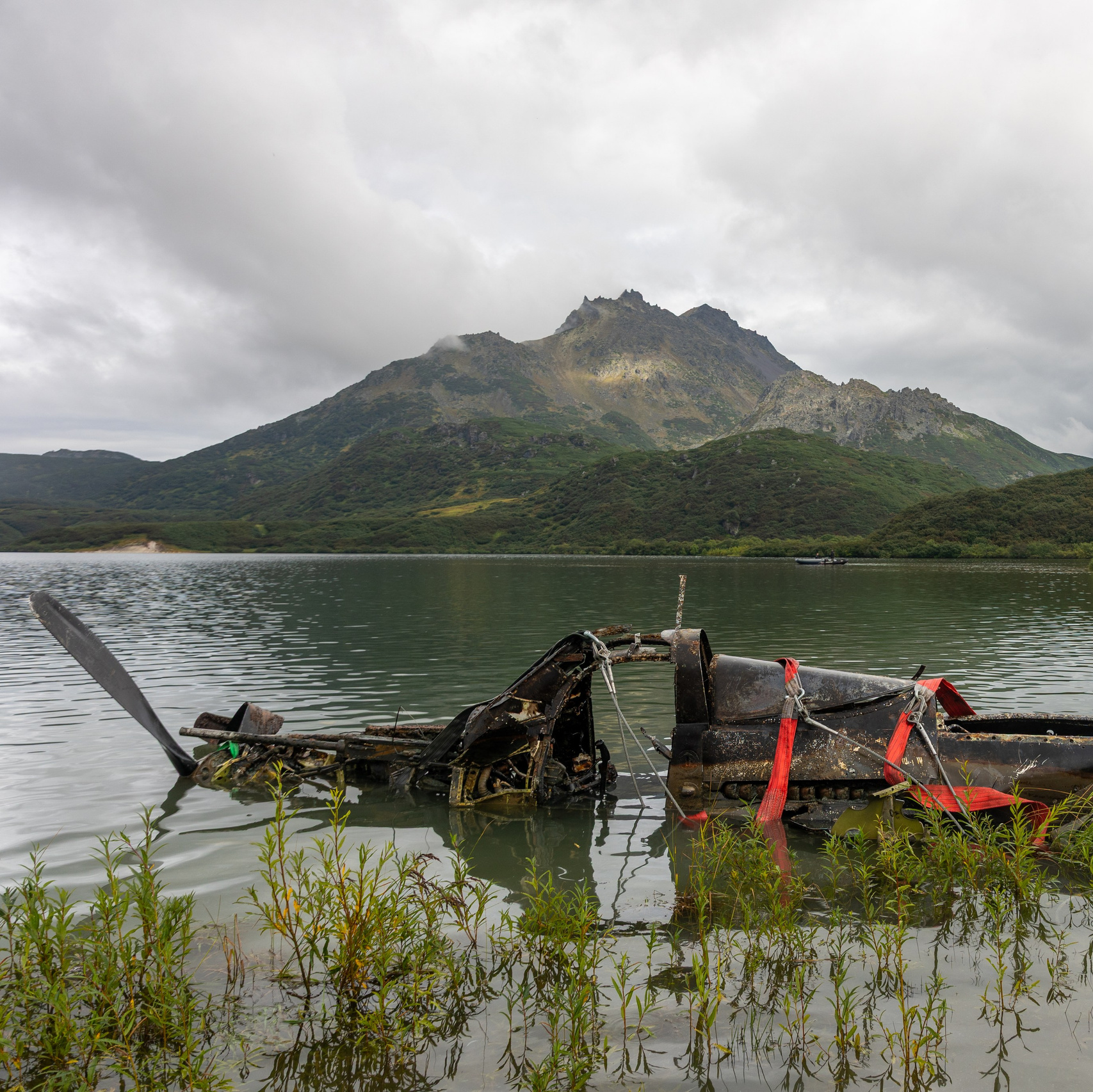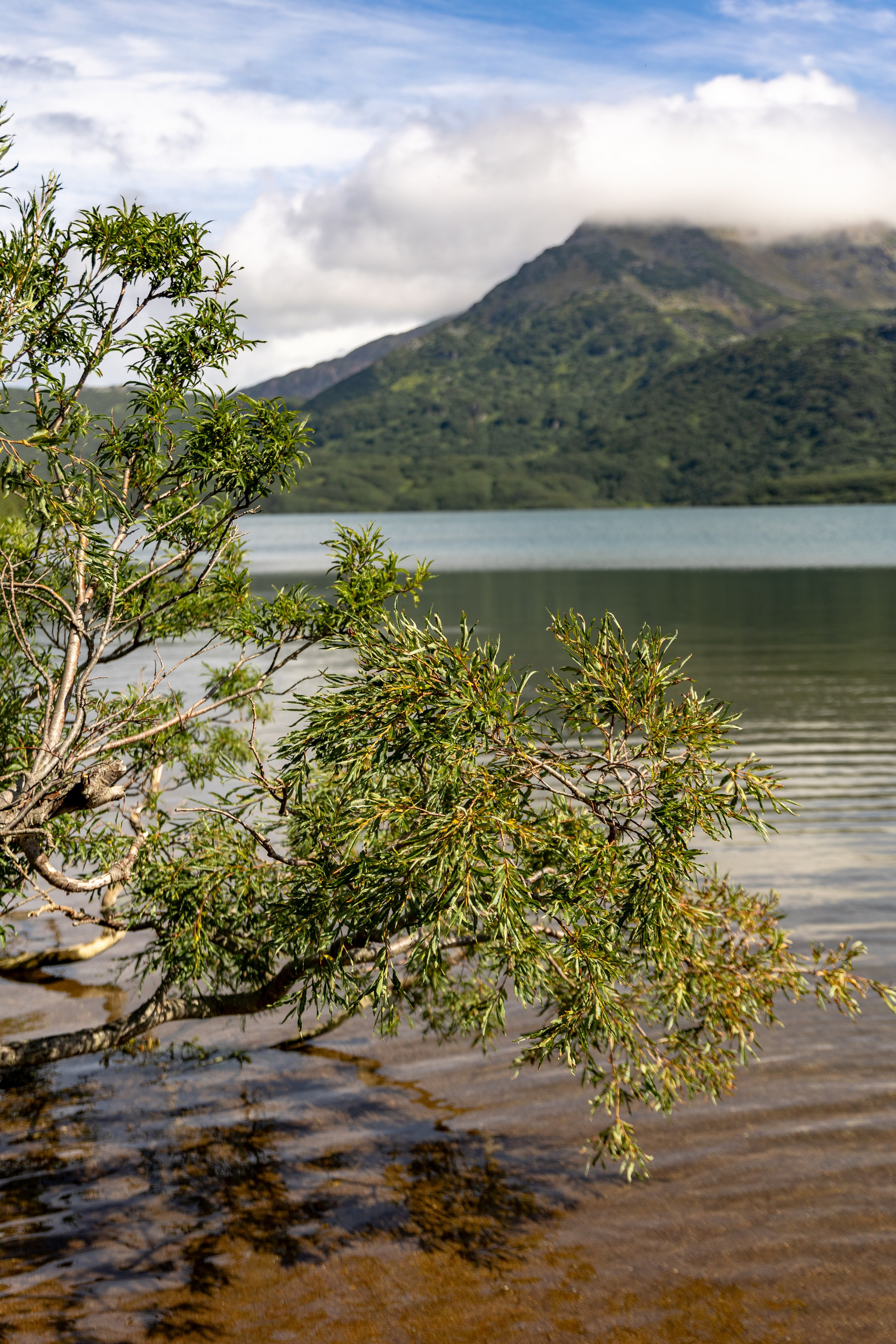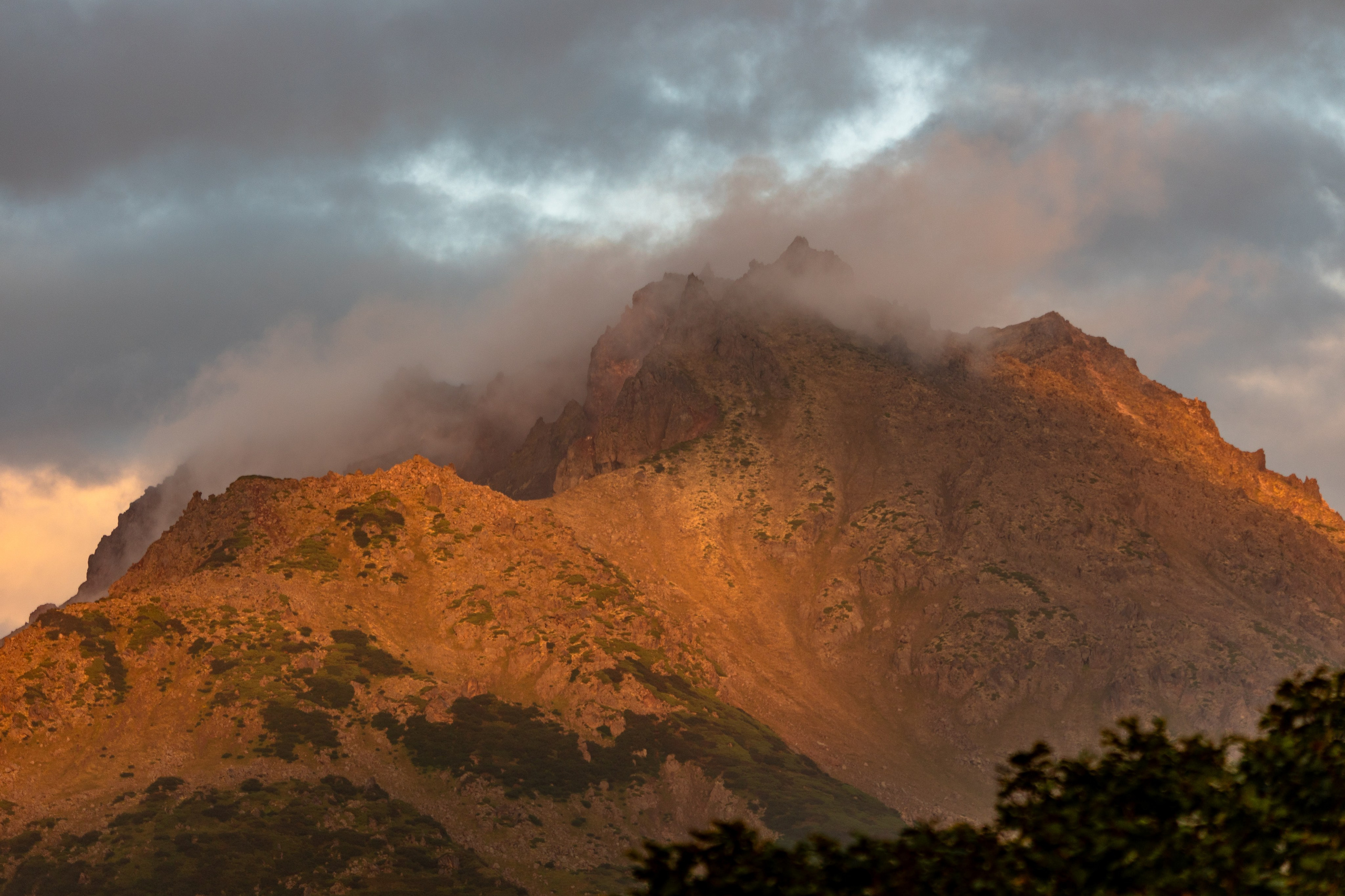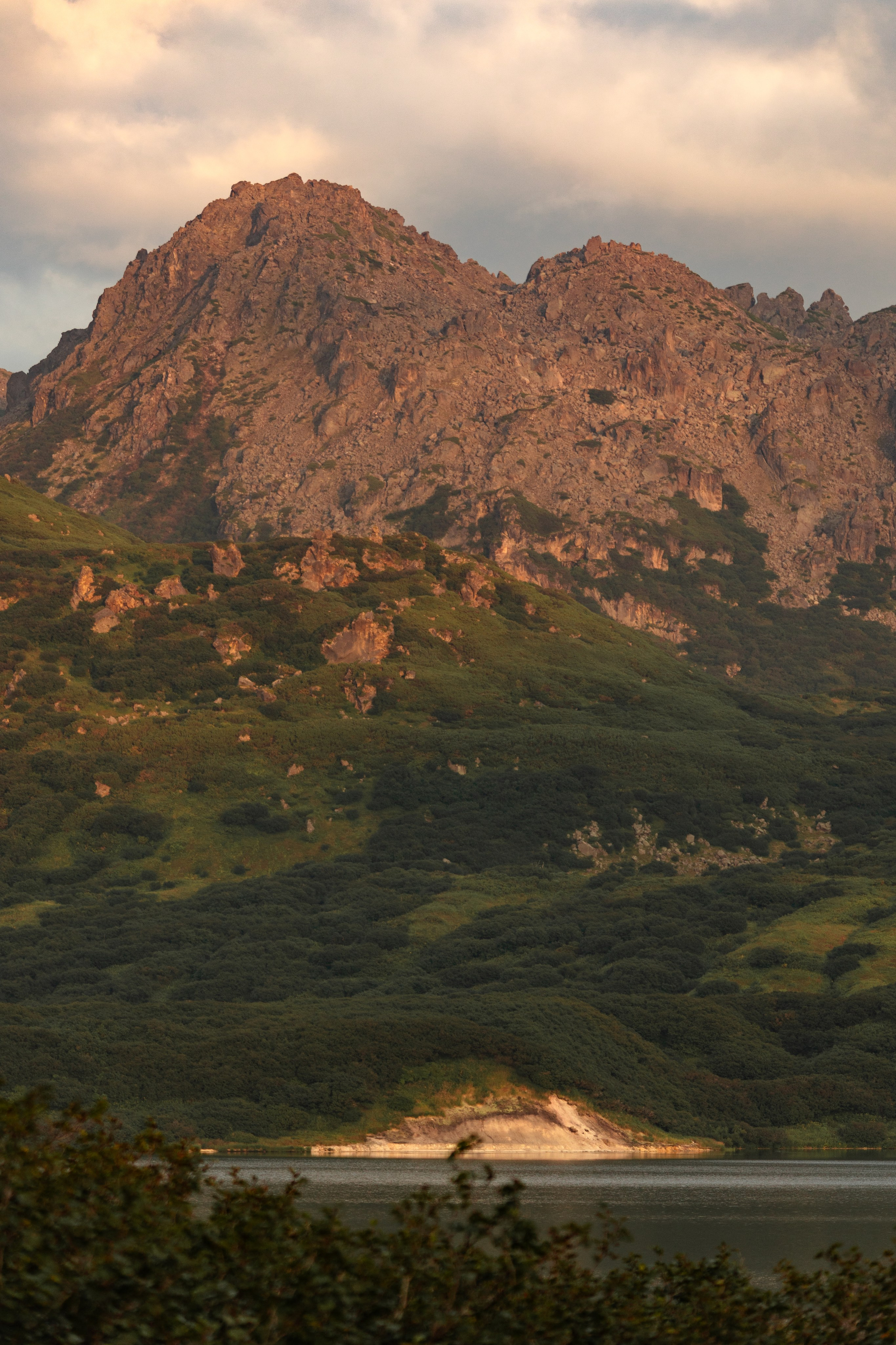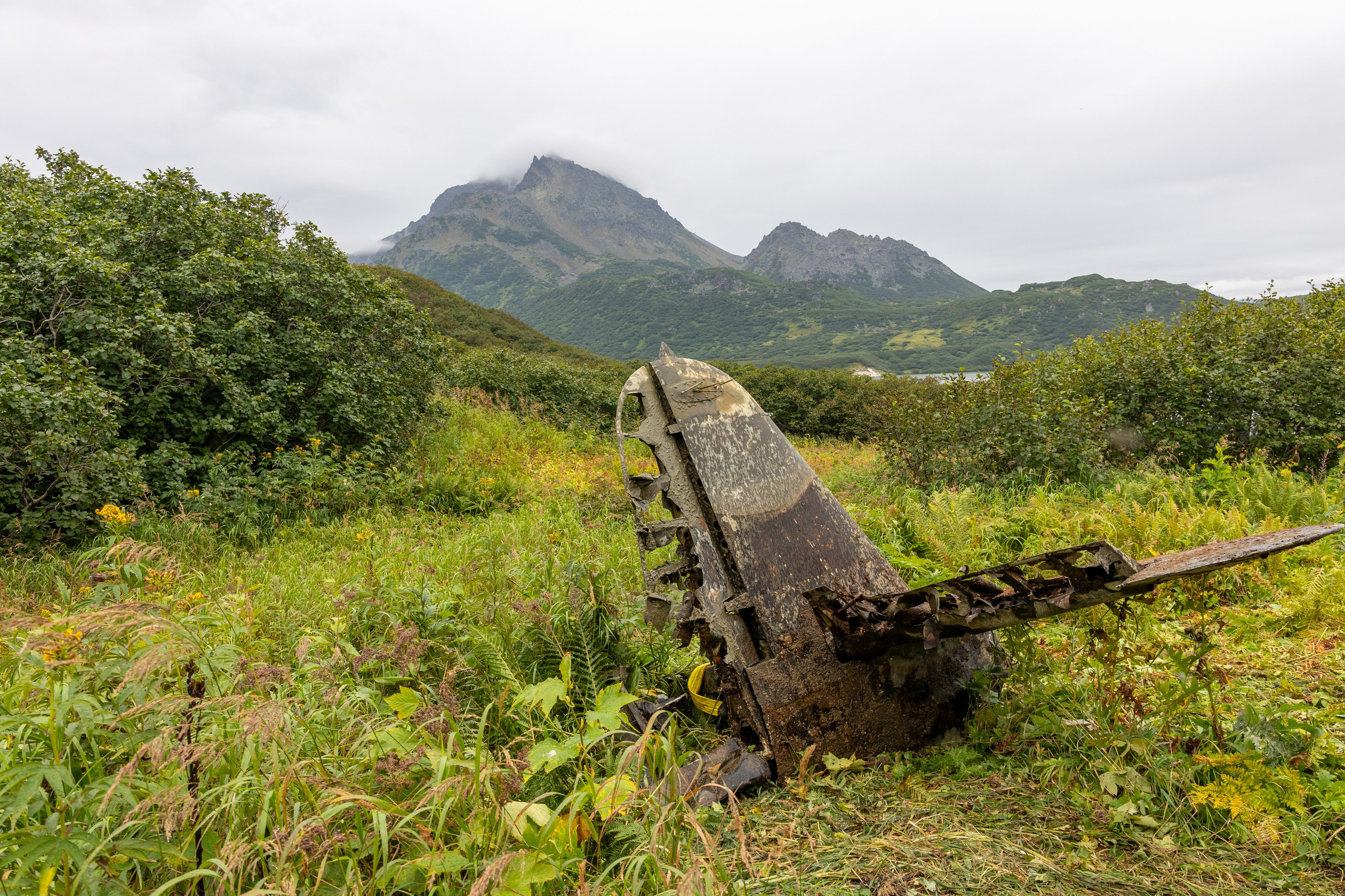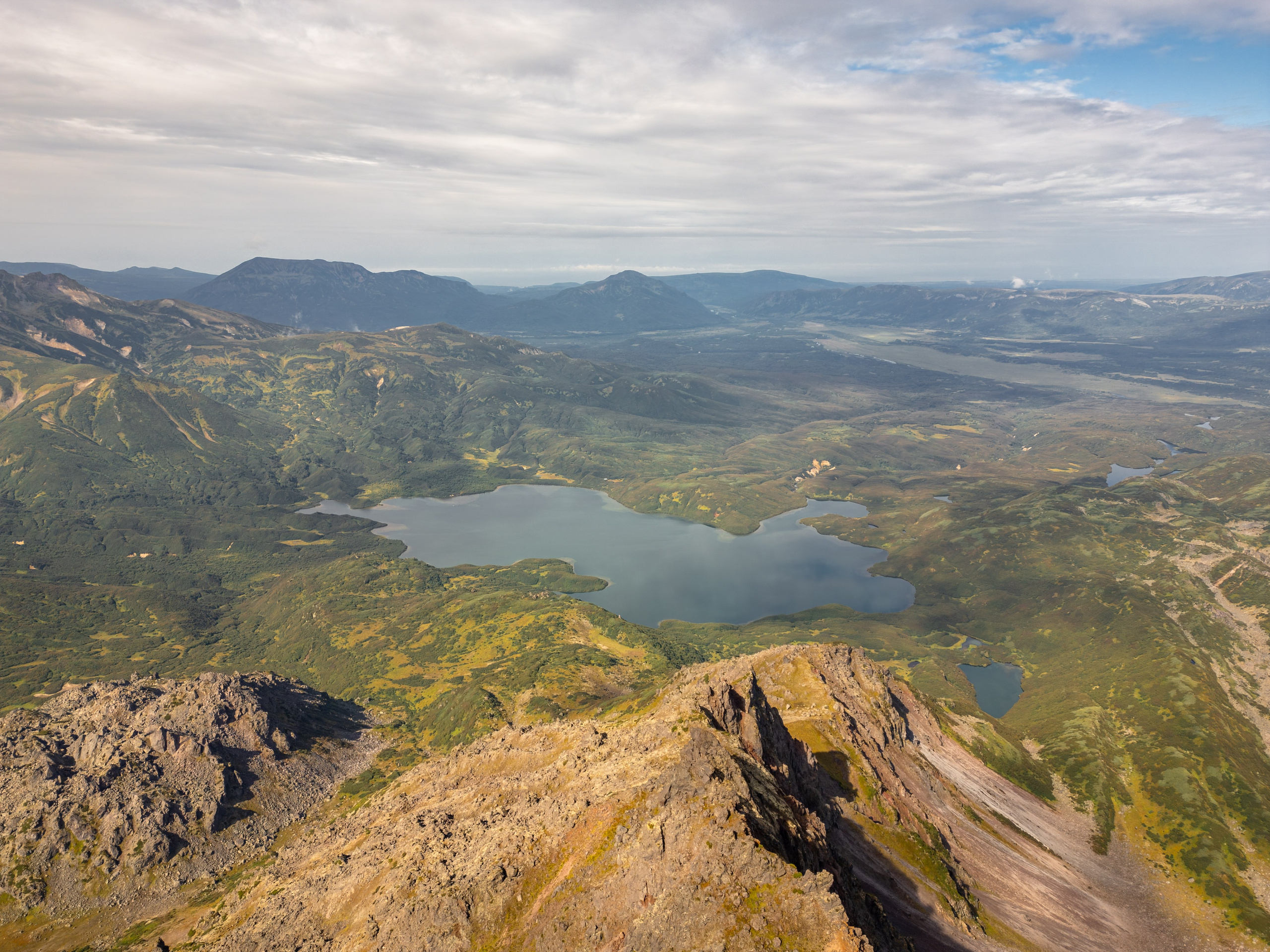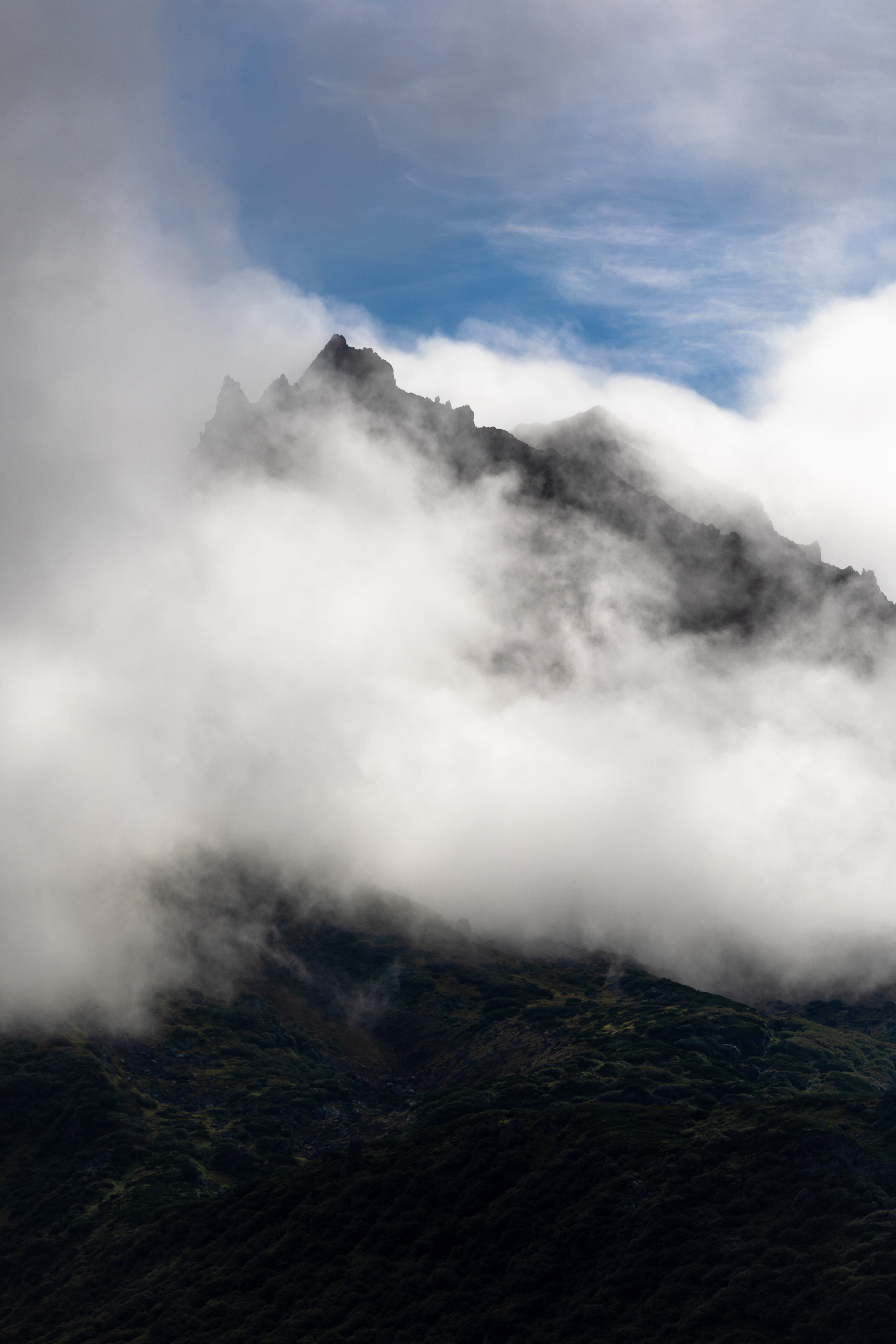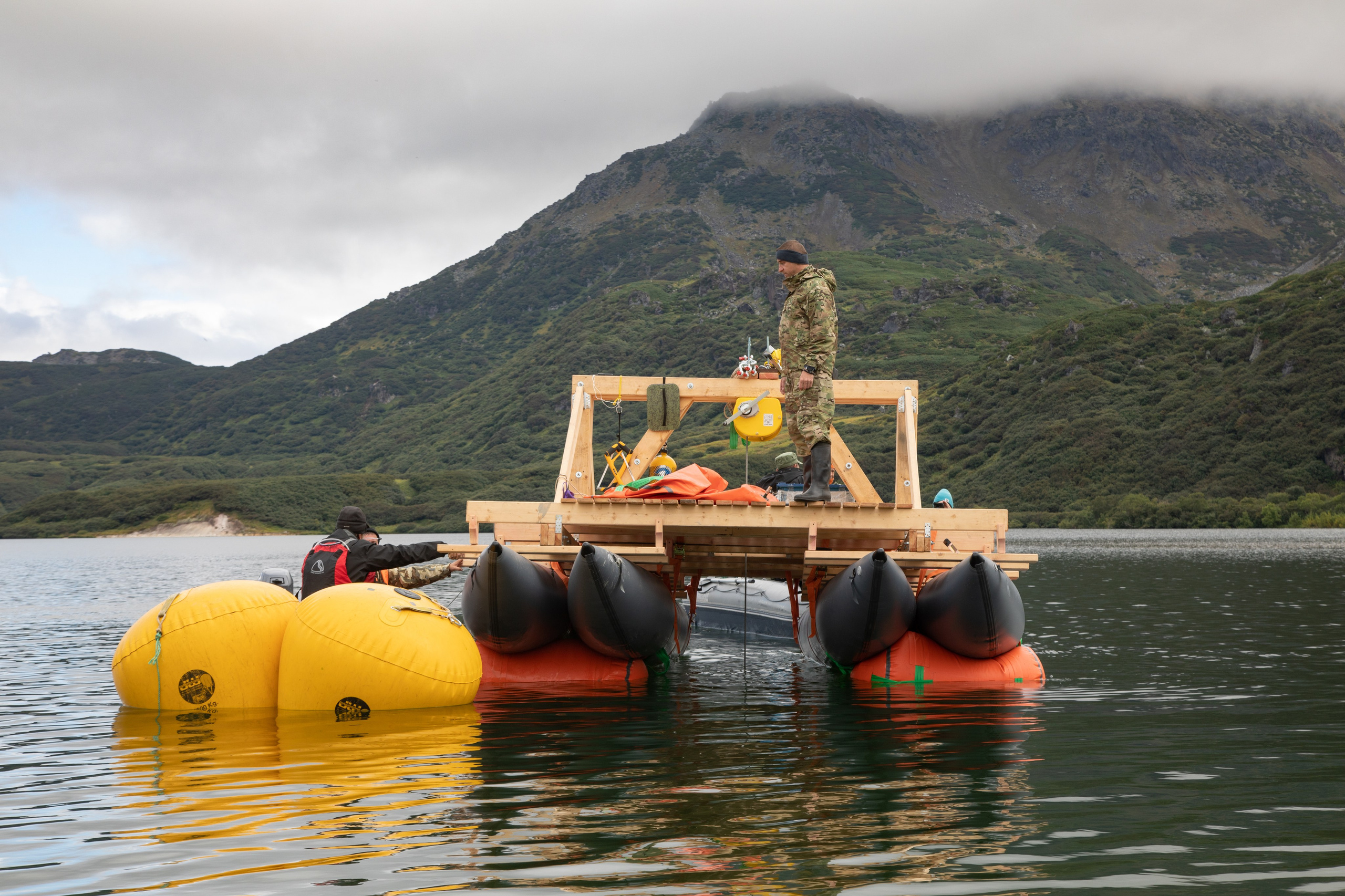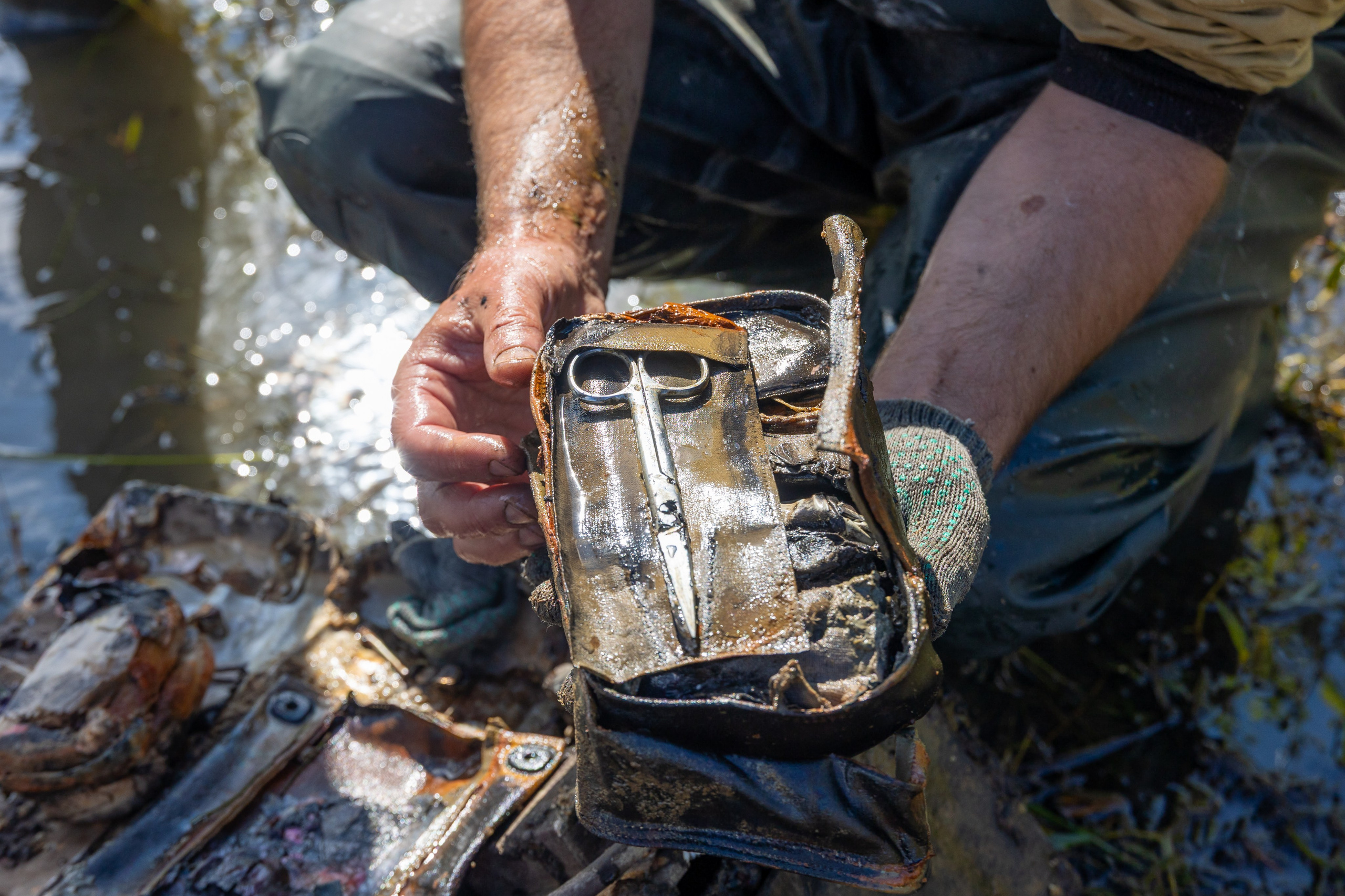Vitaminnoye Lake and the Wild Greben Volcano
At the turn of summer and autumn 2025, a Russian Geographical Society expedition, supported by the Russian Ministry of Defense, took place. I arrived in Kamchatka as part of this expedition. During the expedition, a World War II fighter jet was recovered from the bottom of a lake.
And I took unique shots of species that no one had ever observed before.
Let’s talk about everything in order — about the fighter, about the expedition, and about the place itself.
Last year, in 2024, I was already on an expedition of the Russian Geographical Society to the Kuril Islands (many photos can be seen HERE, separately about Onekotan HERE, and there were also many posts in my Telegram channel HERE), after which we were supposed to go to Lake Vitaminnoye. However, for a number of reasons, the expedition was cancelled and we returned to Moscow. By this time, it was already known that at the bottom of the lake there was a P-63 Kingcobra aircraft, which was transferred to the Soviet Union under Lend-Lease from the USA and crashed in 1945 during one of its sorties. As a result of studying documents from that time, the information was confirmed. Now all that remained was to do was to raise the aircraft and transport it to the mainland for further restoration and study. The only thing left to do is to be sarcastic, of course.
Vitaminnoye Lake is located in the south of the Kamchatka Peninsula, within the Kronotsky Nature Reserve (T.I. Shpilenka Kronotsky Reserve), and there’s only one way to reach it: by air or on foot through impassable terrain in the company of bears. In our case, it was a helicopter. We departed from Yelizovo, past Petropavlovsk-Kamchatsky, along Avacha Bay, and over hills and volcanoes. Looking ahead, I’ll say that flying weather was literally a handful of times over the course of two weeks, and we were very lucky to fly there and back.
By the way, when I encountered the weather in the Kuril Islands last year, I started smiling when St. Petersburg residents said their weather was changeable and inconsistent. The weather changes so much in the Kuril Islands and in similar regions of Kamchatka that the Leningrad Region couldn’t even dream of it.
From a clear horizon for many kilometers around to a crimson sunset through rain and a rainbow—a little over an hour. And then fog, fog, fog…
The camp is set up, the divers have already started their work, the raft is in the water — everyone is happy.
We lived in yurts with a stove for ±7 people, a field kitchen with a ration of stewed meat and condensed milk, an open-air bio-toilet, and until they installed a mobile bathhouse — the water of Lake Vitaminnoye. Yes, it would have been strange if I hadn’t dived almost immediately into a lake with such a name. The water temperature is approximately +10-12°, which is several times higher than I had in Iceland, the Kuril Islands and Portugal. So I regularly recharged myself with vitamins from Lake Vitaminnoye. And already at the “workplace” during filming, I was present in two sets of thermal underwear, a hat, a scarf and other warming elements.
Thanks to the titanic efforts of the divers, we were able to quickly recover the plane’s tail section and a fragment of one wing, which had broken off during the crash and after being submerged for a long time. For this occasion, a delegation from the mainland visited us—Channel One, NTV, Zvezda, and other television reporters. They filmed their report on the work done, sampled local delicacies, and flew off into the sunset.
While the work of raising the hull was in full swing on the ground, or rather on the water, I occasionally indulged in long flights. One time, I was lucky enough to have a five-minute break in the weather, and I was flying 5 kilometers forward and 2 kilometers up, looking out over the entire Vitaminnoye Lake across the peak of Diky Grebnya. There are no other such unique shots on the internet—you are the first in the world to see them.
We managed to take several shots of different sides of the volcano and the lake, as well as our camp.
In many places shown in the footage, no human foot has ever set foot.
Most of the time, the summit was covered in clouds, and the views were like this. I remembered that there’s nothing wrong with flying a drone through the clouds, and I got shots like this:
I also show more unique species on my Telegram channel: t.me/nikybwd_photo
Did I have a hand in all the action? Literally, yes! I turned the winch to lift the plane and pulled it into shallow water. Figuratively, yes! I took a photo for memory and shot a video for the film.
Here are some more report photos:
Once the plane was in shallow water, the careful process of reducing overall weight began. Anything that could be “painlessly” removed was removed, and the silt was washed out. Even a first aid kit in good condition was found in the cabin.
About the pilot. The Kingcobra P-63 was piloted that day, October 16, 1945, by Lieutenant Zinedine Mustafayev. According to eyewitnesses, he performed some aerobatics during the flight and lost consciousness during one of them, going into an uncontrollable spin. He probably regained consciousness at a low altitude, but was no longer able to fully level the fighter, which led to its crash into the lake. According to my hypothesis, given that the shoulder and lap seat belts were unfastened, Mustafayev could indeed have been conscious when he hit the water. However, judging by the condition of the propeller and again my assumptions, the impact was almost vertical, which led to severe bruises and injuries. The young pilot was able to escape the cockpit, but the extremely low water temperature in October, in addition to all of the above, led to his sudden death in the waters of Lake Vitaminnoye. Unfortunately, his remains were never found.
As of this writing (October 20, 2025), the aircraft and all its components have already been delivered to Moscow, where restoration will take place. The Russian Geographical Society, with the support of the Russian Ministry of Defense, including all expedition participants, has accomplished a heroic task. I witnessed firsthand the contribution of every single member of this expedition to the overall positive outcome, and it’s truly remarkable!
I met another red-orange dawn and moved on.

